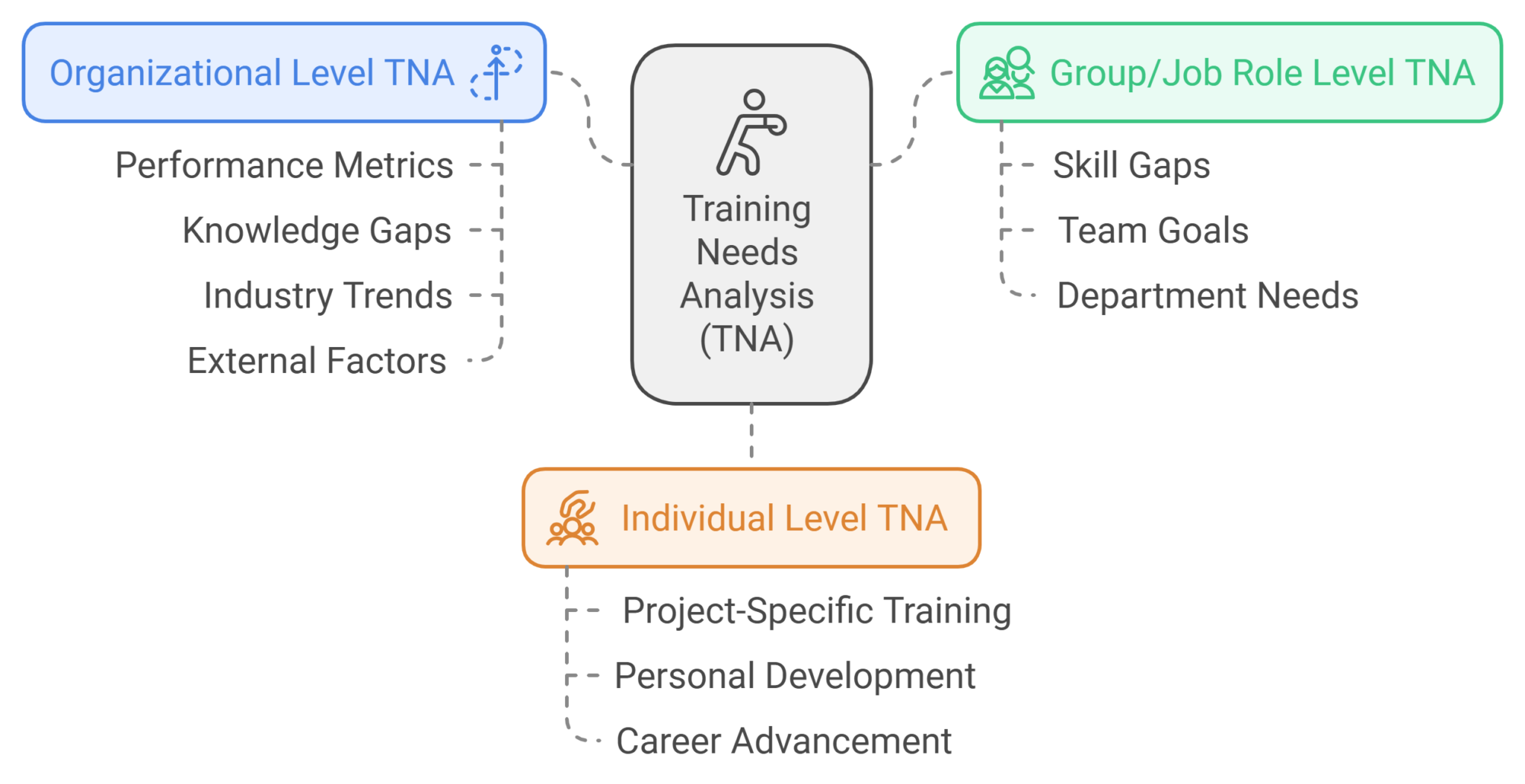Training Needs Analysis
Training Needs Analysis (TNA) is the most important part of the ‘Corporate Training’ process, as it helps in identifying and understanding issues that the organization might be facing. Our TNA reports are often an eye-opener for our client organizations, as we present in-depth analysis and identify the ‘behavioral gaps’ and the underlying reasons for those gaps.



